oak tree recomendations
tufone1
15 years ago
Related Stories
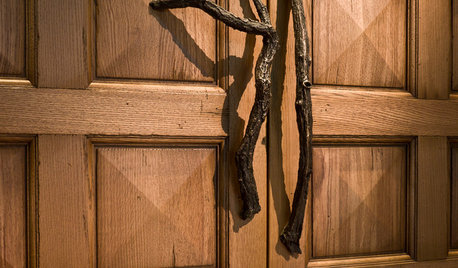
WOODWoodipedia: Make a Solid Choice With Oak
Forget those low-end products of old. Red and white oak today are beautiful, versatile and relatively inexpensive
Full Story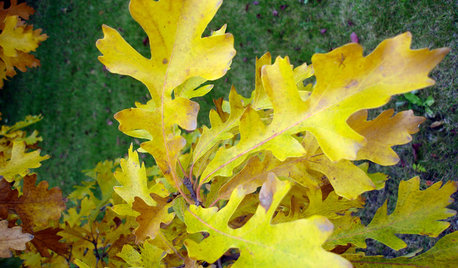
GARDENING GUIDESCelebrate Eastern Oaks for Wildlife, Longevity and Seasonal Interest
There might not be a more important tree to have in your eastern U.S. landscape — if you can fit one in
Full Story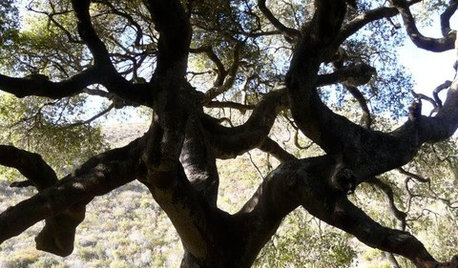
CALIFORNIA NATIVE PLANTSGreat Design Plant: Coast Live Oak
The stuff of legends and memories, this California tree is one to build a whole landscape around
Full Story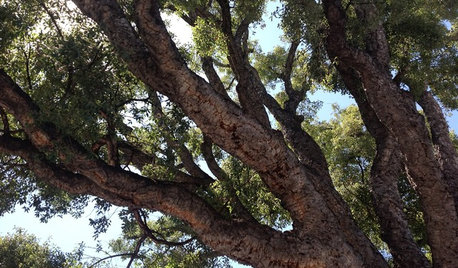
GARDENING GUIDESGreat Design Plant: Cork Oak
Witness an incredible renewable resource being grown while lolling in the abundant shade of this expansive, ever-popular tree
Full Story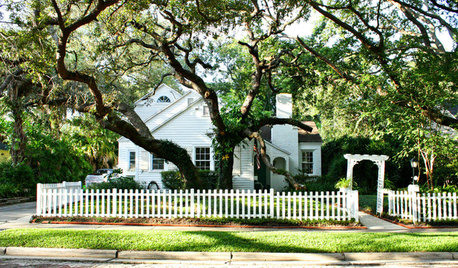
TREESGreat Design Plant: Southern Live Oak Offers an Unbeatable Canopy
Keep it dense or prune it for more light. No matter how you grow Quercus virginiana, it’s a majestic addition to its native landscape
Full Story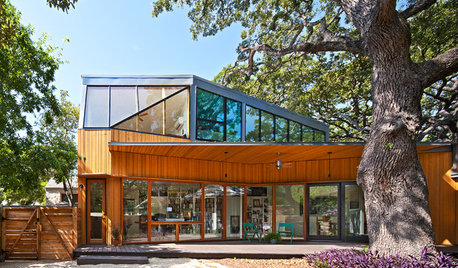
ADDITIONSHouzz Tour: Tree Respect Drives a Dynamic Modern Addition
Protecting a heritage oak calls for creative thinking, and this Texas home shows the successful result
Full Story
GARDENING GUIDESTree Care: Common Tree Diseases and What to Do About Them
Learn to recognize trees that may be affected by diseases or pests so you can quickly take action
Full Story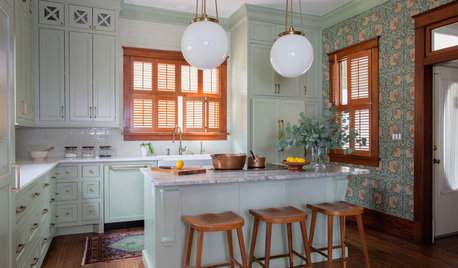
KITCHEN OF THE WEEKKitchen of the Week: Goodbye, Honey Oak — Hello, Minty Green
After more than 30 years, the Kloesels revamped their space to reflect their rural country town and Victorian-style home
Full Story
FALL GARDENING6 Trees You'll Fall For
Don’t put down that spade! Autumn is the perfect time for planting these trees
Full Story
ARBOR DAY8 Reasons to Plant a Great Tree
Beauty is its own reward, but the benefits of planting the right tree in the right place go way beyond looks
Full Story




MissSherry
bengz6westmd
Related Discussions
Recomend a tree for shade cover for a driveway
Q
Tree/Shrub recomendation
Q
Live oak tree. When should a Live oak be dormant?
Q
Oak Tree Fungus: Is my oak tree in danger of falling?
Q
spruceman
MissSherry
spruceman
spruceman
MissSherry
MissSherry
spruceman
Pamchesbay
MissSherry
alabamatreehugger 8b SW Alabama
spruceman
MissSherry
tufone1Original Author
MissSherry
Pamchesbay
MissSherry
jqpublic
jqpublic
alabamatreehugger 8b SW Alabama
MissSherry
spruceman
Pamchesbay
rosefolly
spruceman
spruceman
Pamchesbay
MissSherry
Pamchesbay
spruceman
jqpublic
Pamchesbay
Pamchesbay
alexander3_gw
spruceman
jqpublic
MissSherry
spruceman
alabamatreehugger 8b SW Alabama
quercus_macrocarpa
naturalstuff
MissSherry
quercus_macrocarpa
spruceman
MissSherry
lucky_p
MissSherry
quercus_macrocarpa
alabamatreehugger 8b SW Alabama